The Best Healthy Peanut Butter Brands
Primal Edge Health participates in the Amazon Services LLC Associates Program and other affiliate programs and therefore, may collect a share of sales or other compensation from the links on this page. This comes at no additional cost to you, and all the prices and availability are accurate at the time of publishing.
When it comes to one of the most beloved staples in our pantries, we need to think about quality and not just taste. The peanut butter aisle is flooded with choices, but never fear, I’ve got the best healthy peanut butter brands to help you make a better choice for you and your family.
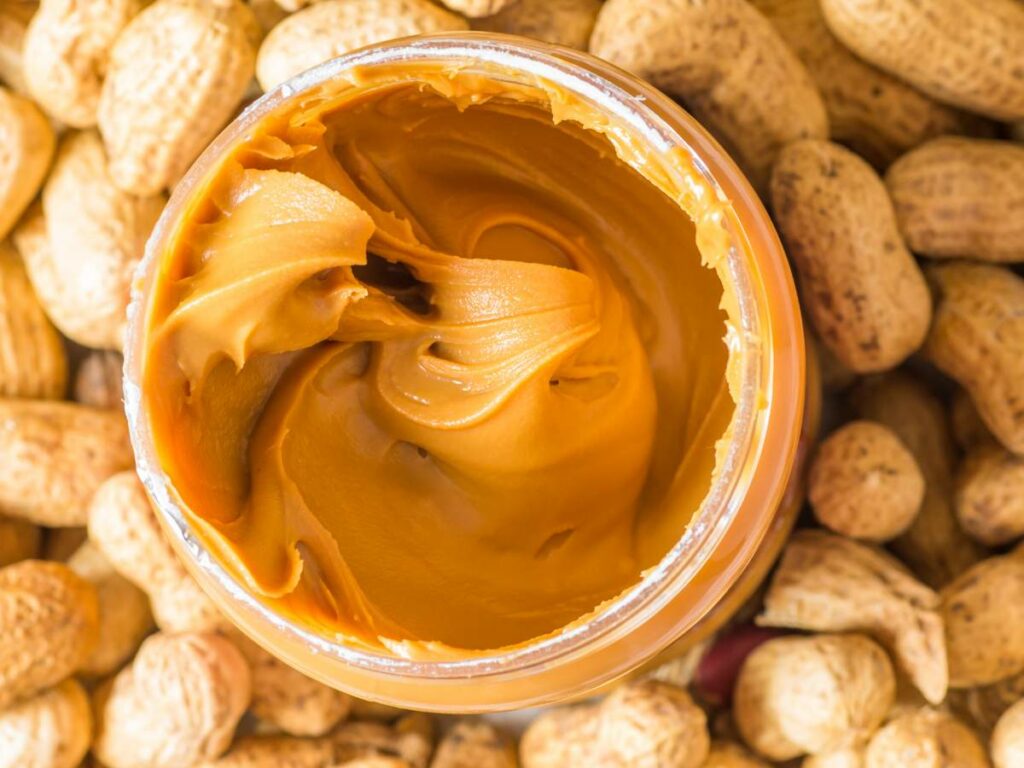
Peanut butter is an all-time favorite for most families. However, not all kinds of peanut butter are made the same. Some are all-natural, while others have flavors mixed in, some have oils added to make them no-stir and some even have protein powder mixed in.
In other words, some types of peanut butter are made for certain lifestyles. My family and I prefer organic peanut butter that’s as natural as possible and more nutritious than popular store brands.
This post may contain affiliate link(s). As an Amazon Associate, I earn from qualifying purchases. See Disclosures.
Table of Contents (click to view)
Is Peanut Butter Healthy?
Not all peanut butter is created equal, and our choices can significantly impact our well-being. For one, most mass-produced peanut butter brands on the market today are full of sugar and preservatives, which aren’t exactly the healthiest things to add to your diet.
So, if you want your PB&J sandwiches, peanut butter cups, and other peanut butter desserts to be more nutritious, you need to be more careful when choosing a peanut butter brand. Here are some of the most important factors to consider:
Ingredients
Look for peanut butter brands with minimal ingredients. The healthiest options typically contain just peanuts and maybe a touch of salt. Avoid products with:
- Added sugars
- Hydrogenated oils
- Palm oil
- Peanut butter and jelly mixed together
- Fillers and other additives
It is especially important to read the labels if you are following any specific type of diet, like a clean keto diet or a gluten-free diet. Sometimes brands add ingredients that you wouldn’t typically think you’d find in peanut butter.
Nutrient Content
Check the nutrition label for protein, fiber and healthy fats. Healthier peanut butter options tend to have higher protein and fiber content, which can help keep you feeling full and satisfied. In fact, some people intermittent fasting load up on peanut butter during their eating window to feel full for longer.
No Added Sugar
Many commercial peanut butter brands add sugar to their products to make them taste better. This can potentially contribute to weight gain and increase the risk of lifestyle diseases, such as obesity and heart disease.
Opt for brands with no added sugar. Natural, sugar-free alternatives can be especially useful for people on low-carbohydrate diets like keto.
No Hydrogenated Oils
Avoid peanut butter brands that contain hydrogenated oils as they contain trans fats. Excessive intake of trans fats can increase the risk of heart disease, obesity, Type 2 diabetes, and high cholesterol.
Salt Content
Most peanut butter brands add salt to their recipes as a preservative. However, some peanut butter brands add excessive salt, which is bad news if you’re trying to watch your sodium intake.
Choose options with lower sodium levels or no added salt. Natural peanut butter made from just ground peanuts often comes salt-free but may spoil faster.
Organic and Non-gmo
If you prefer organic and non-GMO products, look for peanut butter brands with these certifications:
- Non-GMO verified
- Certified organic
- USDA organic
No Emulsifiers
Select peanut butter brands without emulsifiers, as they can have long-term health implications. These most likely will be in the form of gums or partially hydrogenated oils. “Emulsifiers can generate inflammation to the gut’s fragile and important lining,” says dietitian Dahlia Marin.
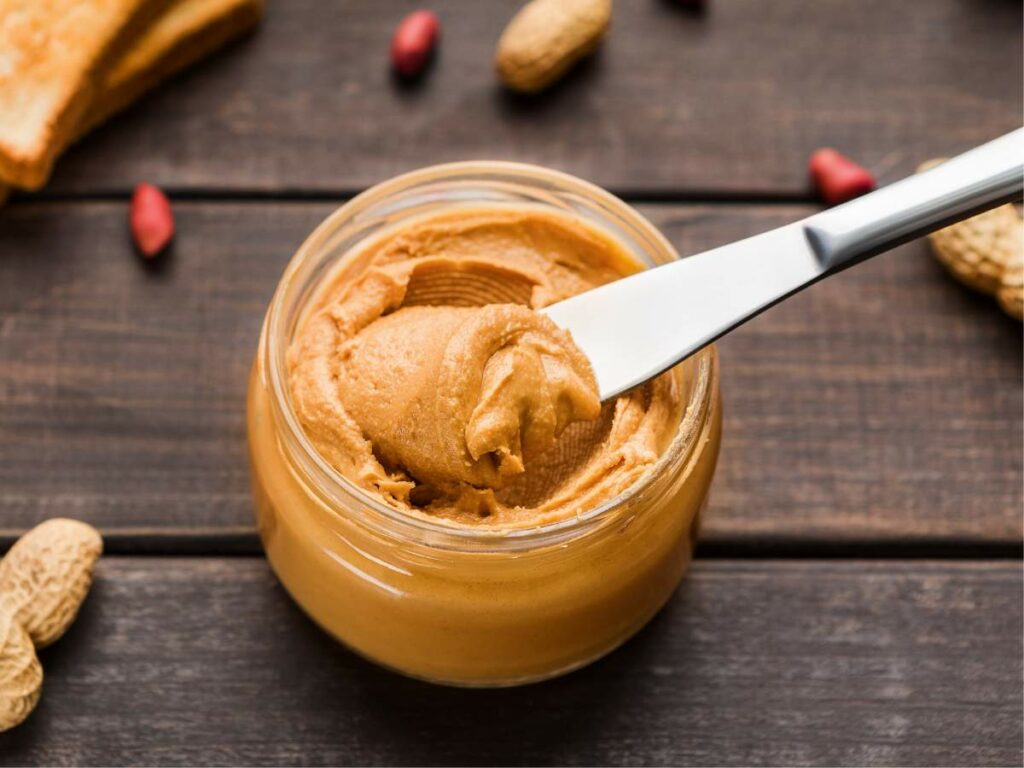
The Healthiest Peanut Butter Brands
You can always make your own homemade peanut butter by roasting raw peanuts and grinding them yourself, but that can take a lot of time and effort. Luckily, truly healthy peanut butter is out there, and we’ve found some of the best and tastiest ones:
Once Again
Once Again Unsweetened Creamy Peanut Butter, not only is this peanut butter organic, salt-free and sugar-free, but it also uses ethically sourced peanuts. The peanut butter is made by roasting and grinding blanched, dry-roasted peanuts until they are creamy. The best part is there is only one ingredient. They come in glass jars that are reusable, making them better for the environment as well.
“I absolutely love Once Again Creamy Unsweetened Peanut Butter. It is perfectly smooth, creamy, and flavorful.”
— Kristen Wood, MOON and spoon and yum
Laura Scudders Peanut Butter
Laura Scudders peanut butter has just two ingredients: peanuts and salt. It also has 8g of protein per serving.
Adam’s Peanut Butter
Adam’s 100% Natural Peanut Butter has just one ingredient: peanuts. It’s unsalted, gluten-free and Kosher pareve.
Kraft’s Only Peanuts
Kraft’s Only Peanuts peanut butter, as the name implies, this peanut butter has just one ingredient: peanuts.
Woodstock Peanut Butter
Woodstock Organic peanut butter is an unsalted, smooth and creamy peanut butter that is made from organically grown peanuts. Non-GMO Project Verified and USDA Organic.
Pic’s Peanut Butter
Pic’s Peanut Butter is known for only using the finest high-oleic peanuts, sustainably grown by farmers in Australia and Brazil. They roast their peanuts in-house and buy blanched, but unroasted peanuts so they can control how much roasting the peanuts get.
Elizabeth Stasny, a dietitian from Dallas, Texas says Pic’s Peanut Butter is slow-roasted, and has only salt and peanuts for ingredients. Plus, the way it’s made prevents the oil from separating as quickly.
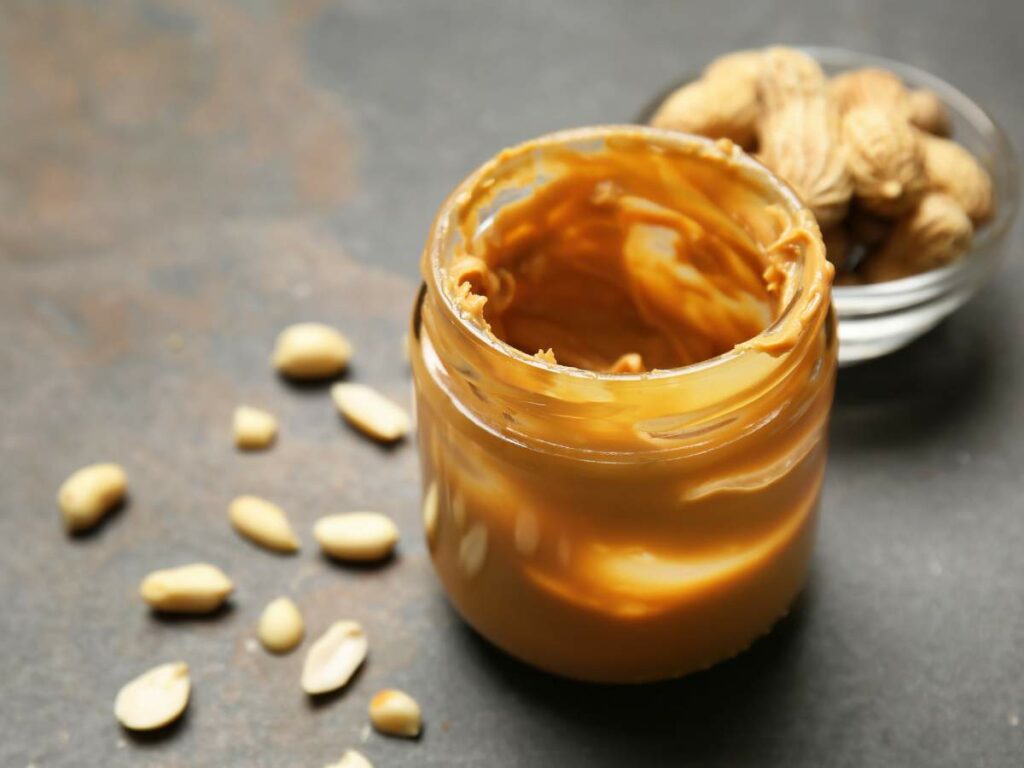
How to Make Peanut Butter at Home
If you want to know exactly what is in your peanut butter, I suggest making your own at home. Luckily, the process is quite simple, and all you need are a few simple ingredients, an oven, and a food processor.
For this recipe, all you need is two cups of dry roasted peanuts. Oil, honey, and other additives are optional. Here’s a step-by-step guide:
STEP ONE: Roast the Peanuts (Optional)
If you’re using raw peanuts, you can roast them for a richer flavor. Preheat your oven to 350°F (175°C). Spread the peanuts in a single layer on a baking sheet and roast them for about 10-15 minutes, stirring occasionally, until they are golden brown and fragrant. Let them cool slightly before proceeding.
Step Two: Blend the Peanuts
Place the roasted peanuts (or dry roasted peanuts if you skipped the roasting step) in a food processor or high-powered blender. If you prefer chunky peanut butter, reserve a handful of peanuts to add later.
Step Three: Blend Until Smooth
Start processing the peanuts. Initially, they will crumble into smaller pieces. Continue blending until the peanuts start releasing their natural oils and the mixture begins to clump together. Depending on your equipment, this can take anywhere from 3 to 10 minutes. Scrape down the sides of the bowl as needed.
Step Four: Adjust Consistency and Flavor
At this point, you can add optional ingredients like a pinch of salt for flavor enhancement, honey or other sweeteners if you prefer sweeter peanut butter, or a tablespoon of oil for a smoother texture. Blend again until everything is well incorporated.
Step Five: Transfer and Store
Transfer the homemade peanut butter to a clean, airtight jar or container. It can be stored at room temperature for a week or two, or in the refrigerator for up to a month. If you add oil, you may notice some separation over time, simply stir it before using.
Use your homemade peanut butter for desserts, sandwiches, and toppings for other recipes like no-churn ice cream or hot keto breakfast cereal. Keep reading to the end of the post for a printable recipe card you can pin and save for later or print right now and make today.
Find the Healthier Alternative for This Pantry Staple
Reading ingredient labels and nutritional information is key to finding healthy peanut butter brands. Your favorite might not be listed above, so give it a look over, and you might be surprised by the ingredients yours has.
Peanut butter has so many uses. Delicious PB&J sandwiches, peanut butter ice cream and it’s even used to make sauces for many ethnic dishes.
It’s also a popular additive for making protein balls and bites. The stickiness helps bind together the individual servings.
In the mood for more recipes? Check out these delicious recipes using peanut butter.
Frequently Asked Questions
Yes, peanut butter can be a healthy choice when consumed in moderation and as part of a balanced diet. It is rich in protein, healthy fats, fiber, vitamins, and minerals. However, it’s important to opt for natural peanut butter without added sugars, hydrogenated oils, or excessive salt.
When buying peanut butter, look for options that contain only peanuts (and perhaps salt, if desired), with no added sugars, hydrogenated oils, or artificial ingredients. Natural peanut butter should ideally have just one or two ingredients: peanuts and possibly salt.
Peanut butter can be incorporated into a balanced diet in various ways. Spread it on whole grain toast or crackers, use it as a dip for fruits or vegetables, blend it into smoothies, mix it into oatmeal or yogurt, or incorporate it into desserts like homemade peanut butter cups.
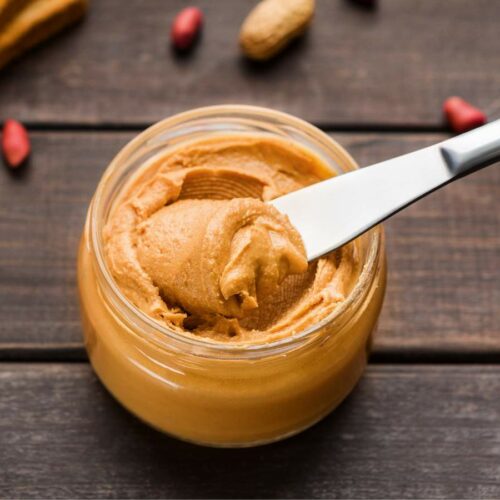
Easy Homemade Peanut Butter Recipe
Equipment
- Food processor
- Jar or other airtight container
Ingredients
- 2 cups dry roasted peanuts unsalted
- 1 tablespoon oil optional
Instructions
- Blend 2 cups of dry roasted peanuts in a food processor until smooth. Start by pulsing, then continue until the peanuts start releasing their natural oils and the mixture begins to clump together. Depending on your equipment, this can take anywhere from 3 to 10 minutes. Scrape down the sides of the bowl as needed.
- For a smoother texture, add an optional tablespoon of oil and blend until the desired consistency is reached.
- Transfer the homemade peanut butter to a clean, airtight container. Store at room temperature for a week or refrigerate for up to a month.
Notes
Nutrition & Macros
To obtain the most accurate representation of the nutritional information in a given recipe, please calculate the nutritional information with the actual ingredients and amounts used, using your preferred nutrition calculator. Under no circumstances shall the this website and the author be responsible for any loss or damage resulting for your reliance on the given nutritional information.


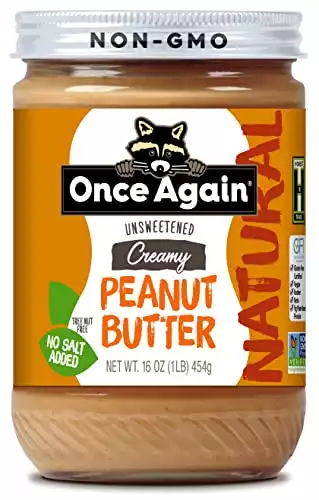
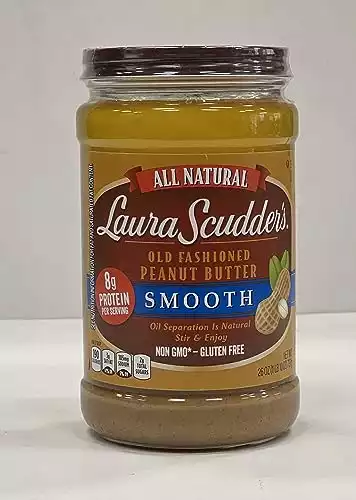
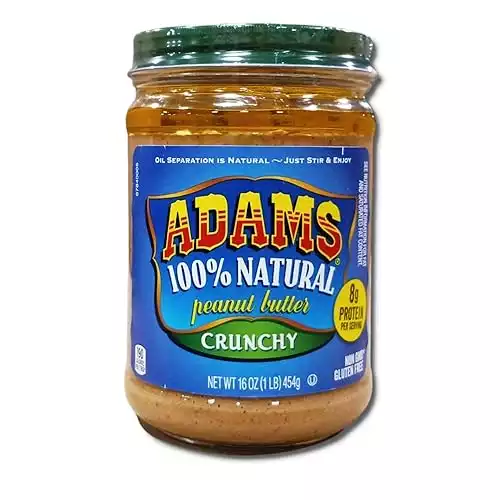
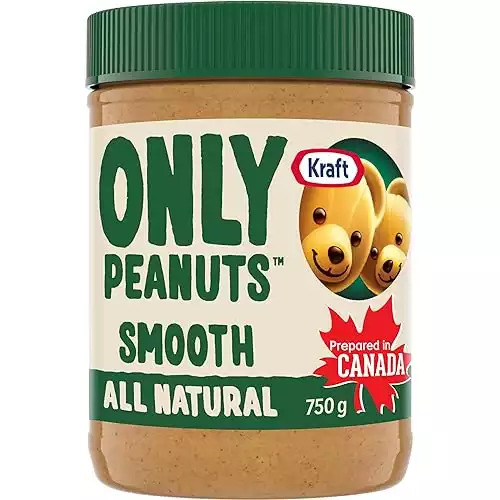
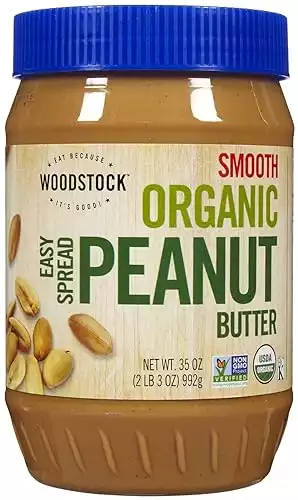
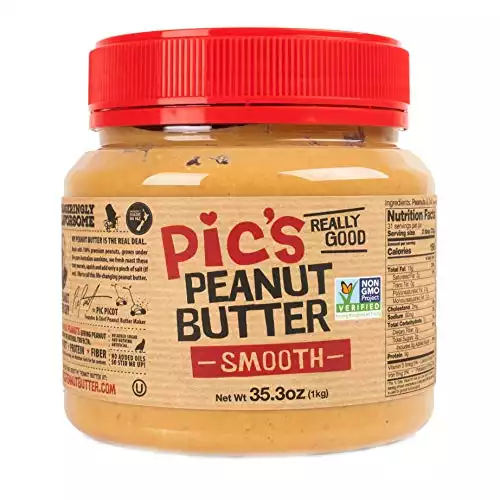
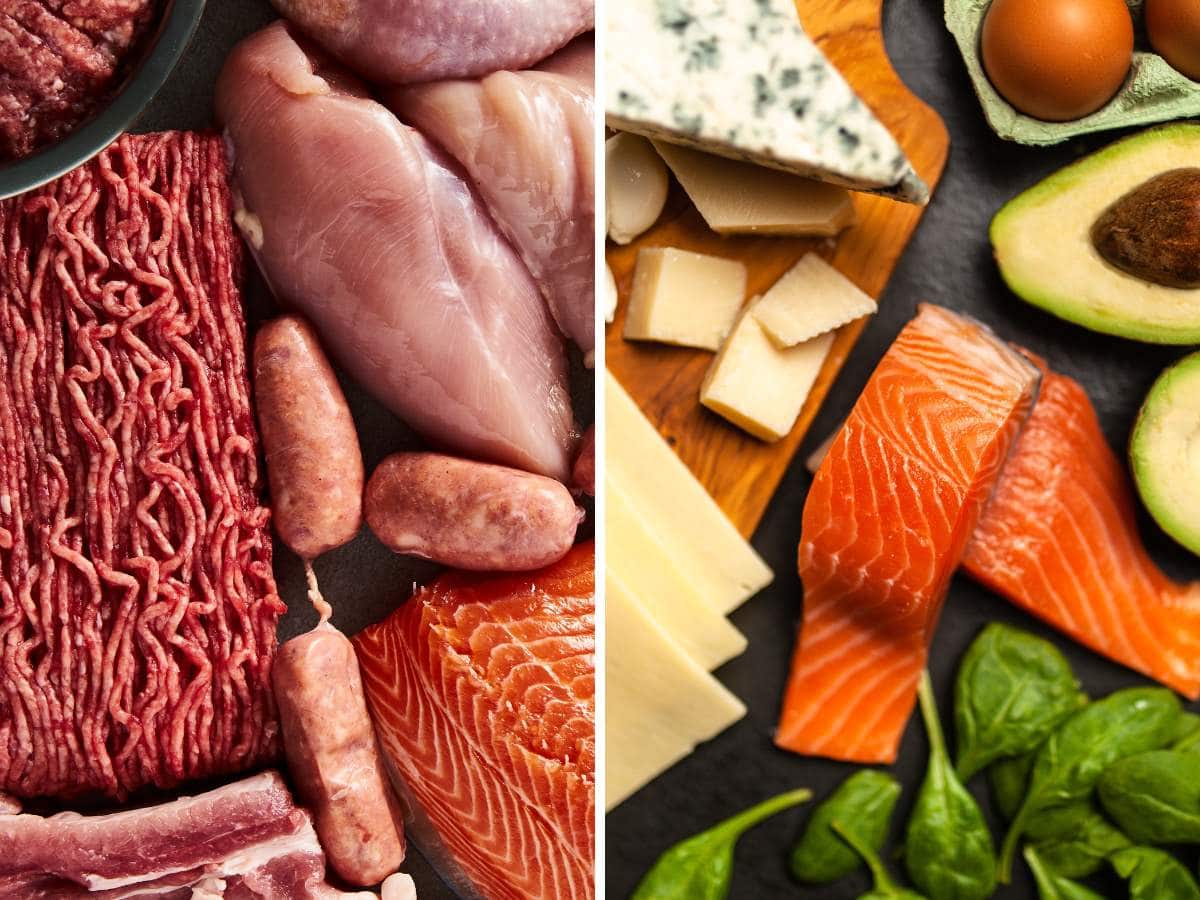
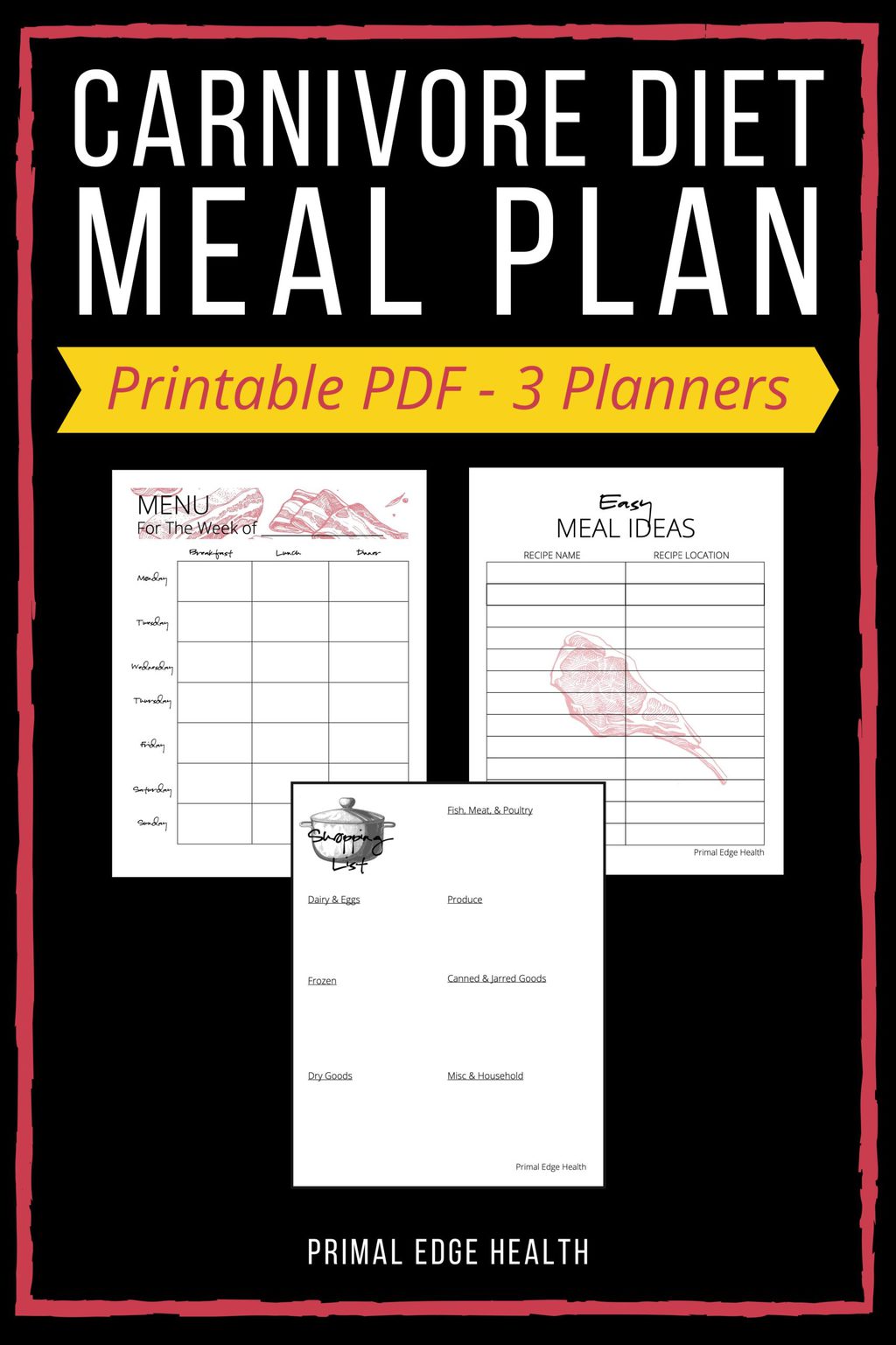
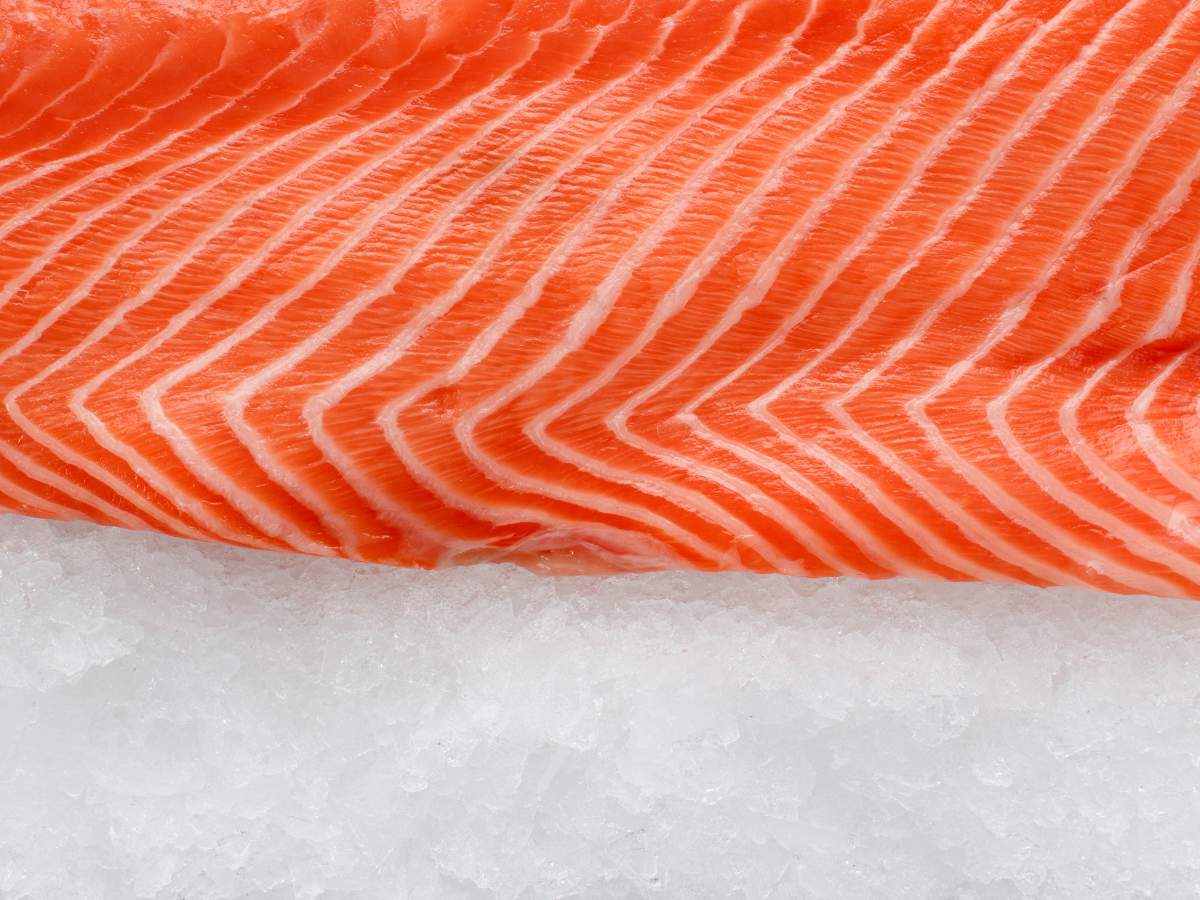
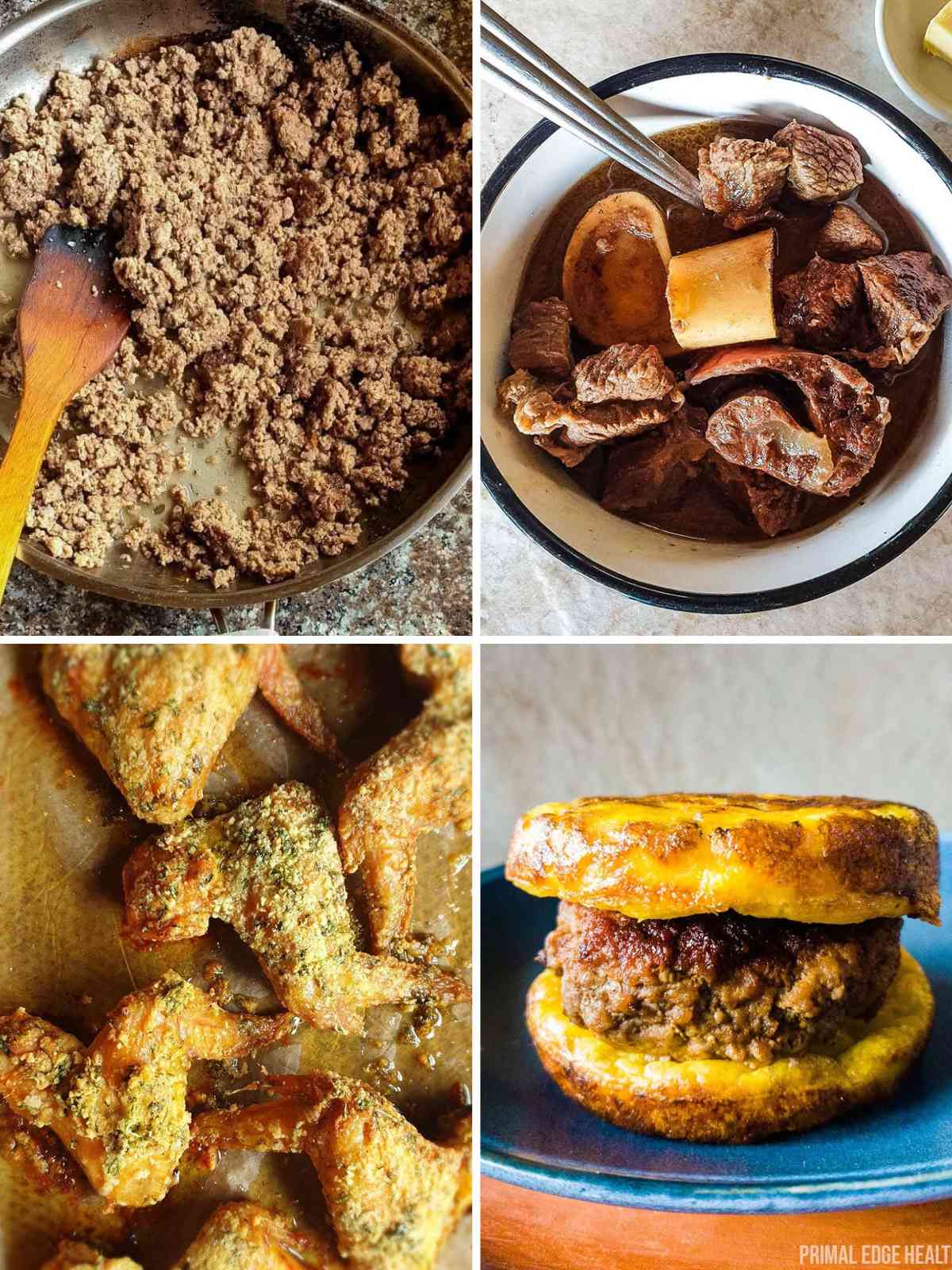
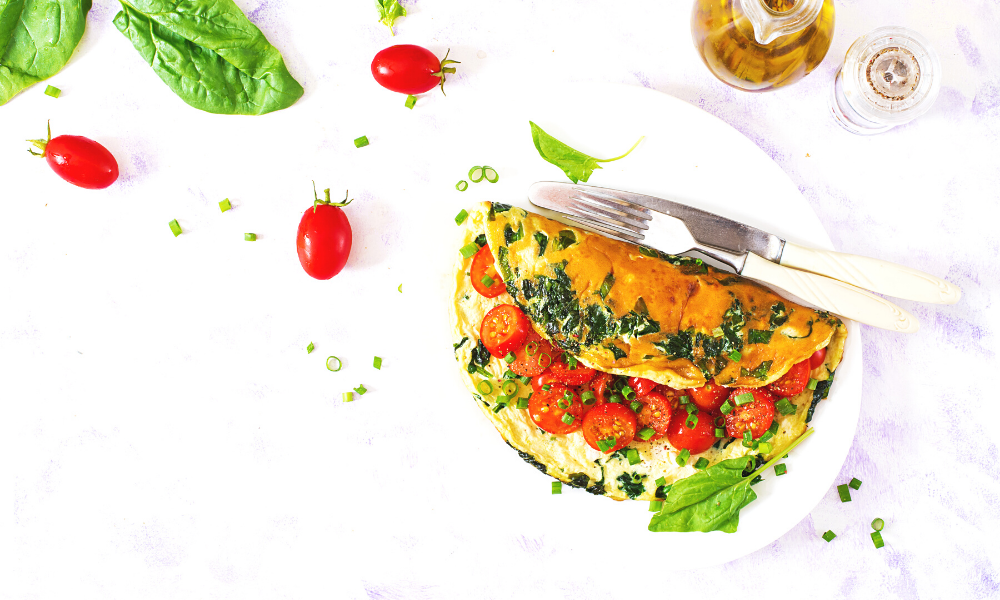

Why hadn’t I ever thought to make PB myself before?! I don’t like any additives in my PB and this is a great way to know exactly what I’m getting. My first batch turned out great!
I’m so glad to hear that, Trish. I appreciate the warm feedback. Enjoy!